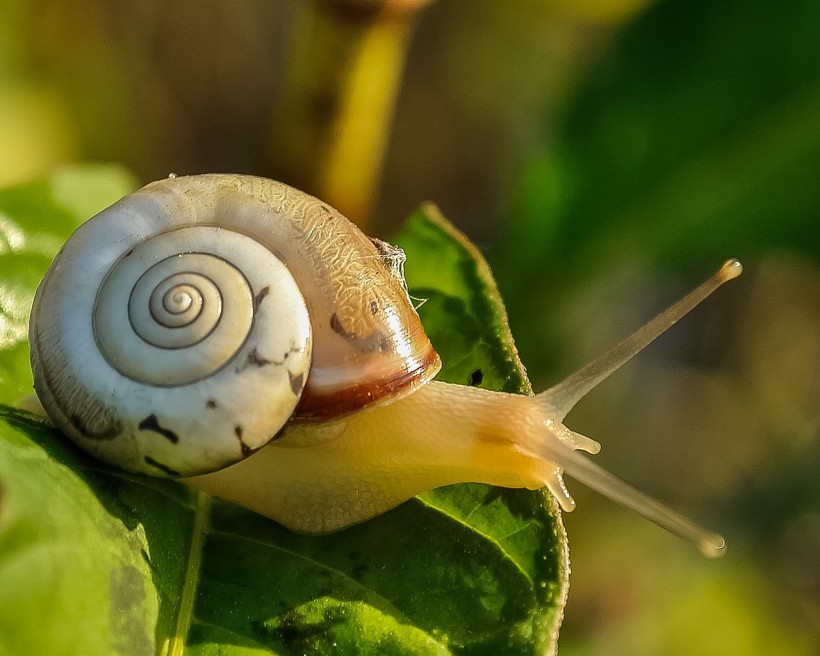Microplastics, particles smaller than 5mm, pose a significant environmental threat, polluting the ocean and harming marine life. Addressing this concern, scientists have created a snail-inspired robot prototype designed to clean up microplastics from oceans, seas, and lakes.
The snail-inspired robot is detailed in their study, titled "Optimal free-surface pumping by an undulating carpet," published in the journal Nature Communications.

Snail-Inspired Robot Aims to Combat Microplastic Pollution in Water Bodies
Tackling Microplastic Menace in the Ocean
Ocean plastic pollution poses severe threats, with millions of tons entering the seas annually, ranging from large debris to microscopic microplastics. The peril extends beyond the entanglement of marine life in larger plastics to the ingestion of microplastics, causing harm to species and impacting the entire marine food chain.
While current efforts focus on removing visible plastic waste through initiatives like ocean cleanup projects, these measures may not effectively address the pervasive issue of microplastics. Common methods for collecting larger debris, such as nets or conveyor belts, lack precision for microplastic retrieval, as these tiny particles require energy-intensive pumping mechanisms for extraction.
In response to this challenge, researchers at Cornell University, leading a multi-institutional team, drew inspiration from the Hawaiian apple snail. This innovative approach aims to develop a robot prototype capable of mimicking the snail's undulating motion to drive water flow and capture microplastics, addressing the intricate problem of plastic pollution in oceans and water surfaces.
READ ALSO: Less-Toxic Approach to Eliminate Microplastics in Drinking and Wastewater Developed Through Okra
Robot Mimics How the Snail Collects Food To Capture Floating Microplastics
Modeled after the Hawaiian apple snail, the robot mimics the snail's foot motion to drive water flow and capture floating particles. Sunghwan "Sunny" Jung, a professor in Cornell University's department of biological and environmental engineering and the senior author of the study, explained that they found inspiration in how the snail collects food particles at the water and air interface to develop a device capable of collecting microplastics in oceans or on water surfaces.
The modified prototype, derived from an existing design, would require scaling up for practical use in real-world settings. Using a 3D printer, the researchers created a flexible, carpet-like sheet with the ability to undulate.
Underneath, a helical structure rotates like a corkscrew, causing the carpet to undulate and generate a traveling wave on the water. Understanding the fluid flow was crucial, requiring analysis to characterize the pumping behavior.
The fluid-pumping system, inspired by the snail's technique, operates openly in the air. The researchers found that a closed system, with the pump enclosed and using a tube to draw in water and particles, would demand high energy inputs. In contrast, the snail-inspired open system proves significantly more efficient.
Despite its small size, the prototype effectively operates on only 5 volts of electricity, showcasing its ability to suction water. To counterbalance the weight of a battery and motor, a flotation device may be needed to prevent the robot from sinking.
RELATED ARTICLE: Robotic Fish Can Now Eat Plastic to Clean Water Wastes
Check out more news and information on Robotics in Science Times.














